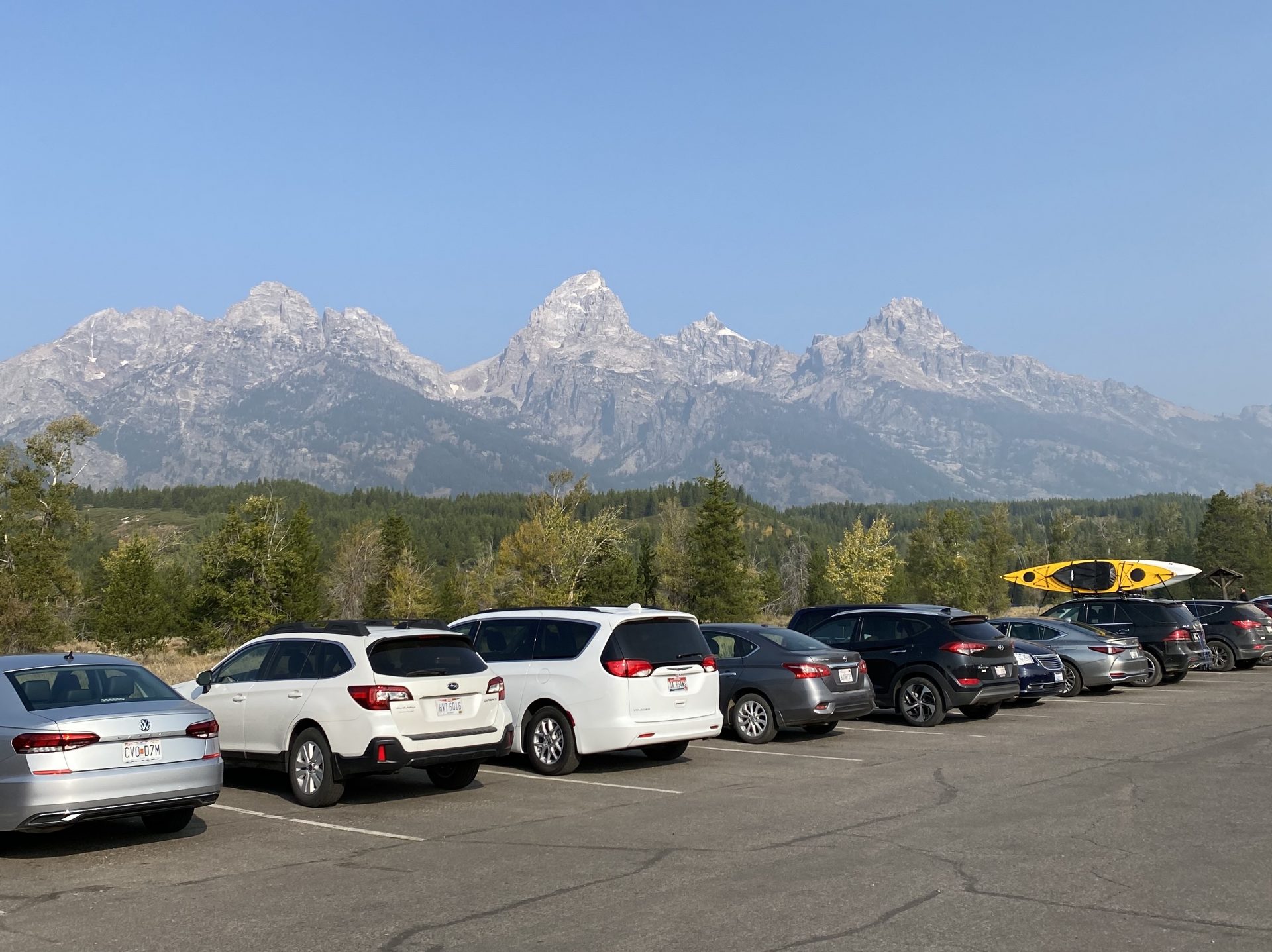Improving rural-urban commutes in central Pennsylvania
- Author: Laurel Schwartz
- Date: September 28, 2023
Rural Perry County is home to workers who routinely commute to Mechanicsburg, a 30 min. drive away. But public transit options are limited. Researchers at Penn State University collaborated with local government officials to design solutions.


